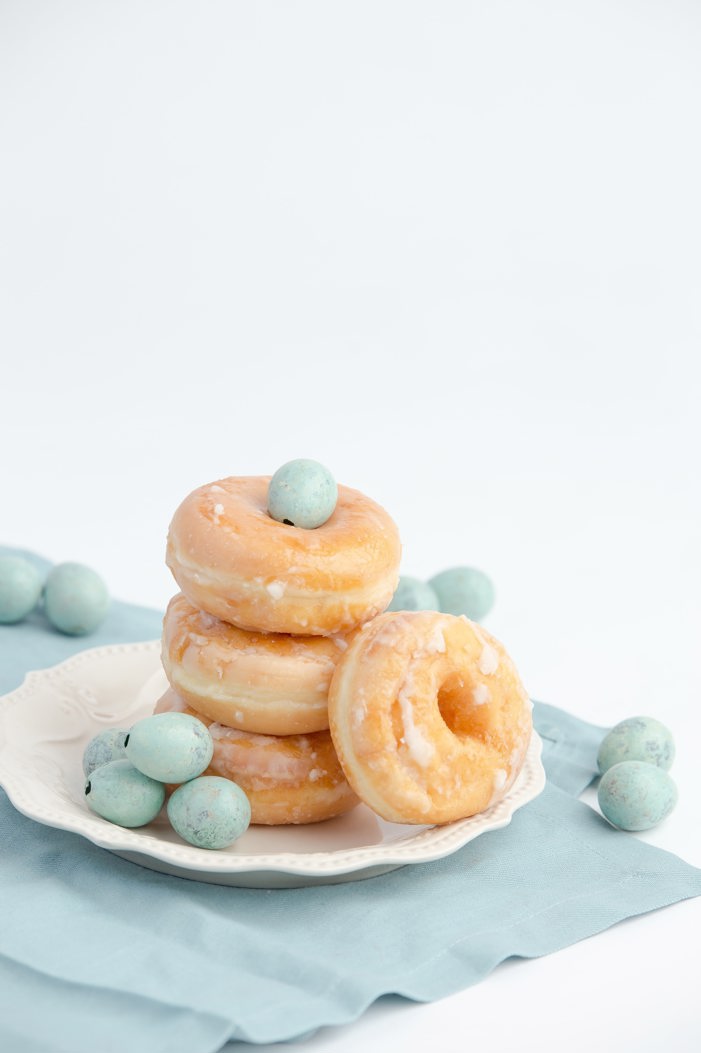Overconsumption of sugar and, subsequently calories has contributed to the nation gaining weight. Today, 61% of us are overweight or obese and 24% are obese. Weight gain increases the risk of serious health problems, such as heart disease, high blood pressure, stroke, type 2 diabetes and some cancers.
Classification of sugars:
‘Free sugars’ include table sugars (cane sugar such as caster and granulated), honey, syrups and fruit juices. These are added to products for flavour.
‘Naturally occurring sugars’ are found in fruit and vegetables, milk and natural yogurt – foods that provide essential nutrients to support a healthy body.
Most of us love a sweet treat now and then but what is the maximum amount should we be consuming?
Latest Government recommendations are that free sugars should not make up more than 5% of the energy (calories) we eat and drink each day.
What does this look like?
|
Age Group |
5% equivalent |
Example of food this amount can be found in |
|
Children 4-6 years old |
19g |
1 large chocolate chip cookie |
|
Children 7-10 years old |
24g |
45g of milk chocolate |
|
Children 11+ and Adults |
30g |
1 can of cola |
If you’re concerned about how much free sugars contribute to your daily intake read these tips to help you reduce your sugar intake.
- Think about your drink – choose water or no added sugar squash instead of sugar added drinks such as cola and cordials.
- Fruit fix – limit the amount of fruit juice you drink to 150ml, which is enough to provide 1 of your 5 A DAY (any more than this doesn’t contribute to more of your 5 A DAY portions). Dilute fruit juice with a little water to make it go further.
- Read up – check labels before buying food and drinks. Anything with less than 5g of sugar per 100g or 2.5g per 100ml is classed as ‘low sugar’.
- Bake smart – try reducing the amount of sugar you use in your recipes – you might not notice the difference.
- Be breakfast aware – look out for cereals. Some contain as much as 37g of sugar per 100g!
- Cuppa cutback – if you add sugar to hot drinks, gradually reduce the amount until you can cut it out altogether.

References:
- Public Health England, January 2016
- Health and Social Care Information Centre, Lifestyles Statistics. Statistics on Obesity, Physical Activity and Diet: England, 2013.
- NHS Choices, 2015. How does sugar in our diet affect us? [Online]. Last accessed on 27th June, 2016.
- Change for Life, 2016. We’re all having too much sugar. [Online]. Last accessed on 27th June, 2016


